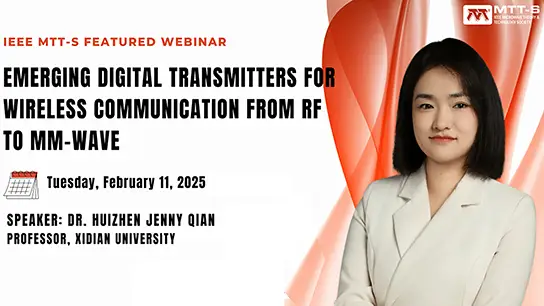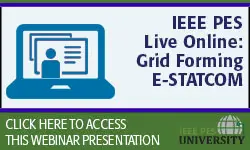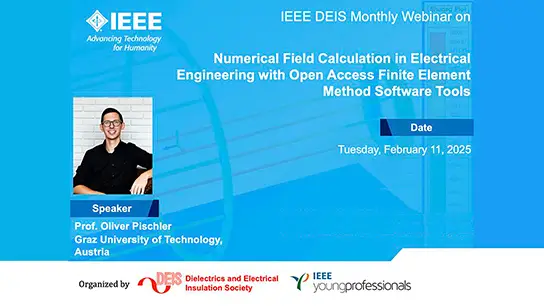How to Operate a Low-Inertia Power System
* 21PESGM2507, (To be determined) Innovative control and operation methods for low-inertia power systems: F. TENG, Imperial College London * 21PESGM2508, (To be determined) Challenges and solutions for the inverter-dominated power system with high share of renewable energy: B. KROPOSKI, National Renewable Energy Laboratory * 21PESGM2509, (To be determined) Design and strategic control of grid forming power converters: K. HUR, Yonsei University * 21PESGM2510, (To be determined) Role and value of concentrating solar power in future low-inertia renewable electric energy system: E. DU, Tsinghua University, China
-
Members: $5.00PES
IEEE Members: $10.00
Non-members: $20.00
26 Jul 2021
Renewable energy in many power systems is starting to hit high penetration levels and many countries have set very aggressive and ambitious targets. For example, countries like Denmark, Ireland and Germany are already operating the electric energy system with over 30% annual generation from wind and PV. China plans to achieve 30% share of variable renewable energy at 2030 and 60% share at 2050. U.S. is conducting the future study with 80% renewable energy penetration at 2050. One of the main challenge of high renewable penetration is the transition from synchronous generator-dominated grids into inverter-dominated grids. The power system rotational inertia is gradually decreasing along with the growing share of renewable energy. This is proven to threat the stability of power system. The recent blackout in the Great Britain on August this year was due to the frequency collapse after a failure of two fossil fuel generators, while the wind was generating almost 50% of total electricity. How to operate the inverter-dominated power system with high share of renewable but low rotational inertia has been a very hot topic all over the world in recent years, from both theoretical and practical perspectives. For wind and PV, virtual synchronization control strategy is proposed to imitate the generation characteristics of synchronous generators for providing synthetic inertia. New enablers such as energy storage, demand response and electric vehicles are strategically controlled to provide kinetic energy to the low-inertia grid. Furthermore, 100% renewable is not exactly the same as 100% converters. Many renewable resources deliver their power through synchronous machines, such as solar thermal power and biomass. How to integrate variable and inverter-based renewable energy using dispatchable and synchronous generator-based renewable energy is worthy of discussion. This panel will address this promising and dynamic area of research while focusing on the new theoretical insights, innovative modeling technique and practices experiences on the operation of high-renewable but low-inertia power systems. This panel will explore several topics that are becoming increasingly prevalent: a) Simulation results and impact analysis of low rotational inertia on power system reliability and operation. b) Design and application of virtual synchronization converter in renewable electric system. c) Innovative control and operation methods for low-inertia power systems. d) Strategic control of flexibility resources, including energy storage, demand response and electric vehicle for enhancing the reliability of low-inertia power systems. e) Role and value of synchronous generator-based renewable energy in future renewable generation portfolio.
Chairs:
Ershun Du, Tsinghua University, China
Sponsor Committees:
Energy Development and Power Generation



